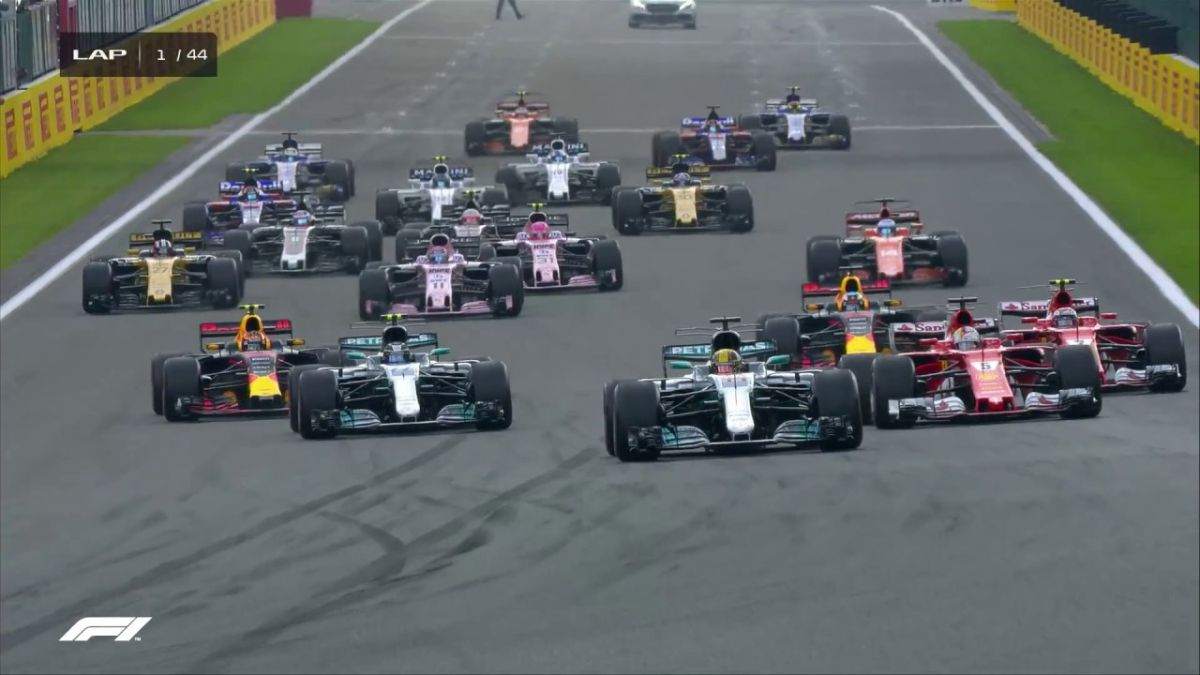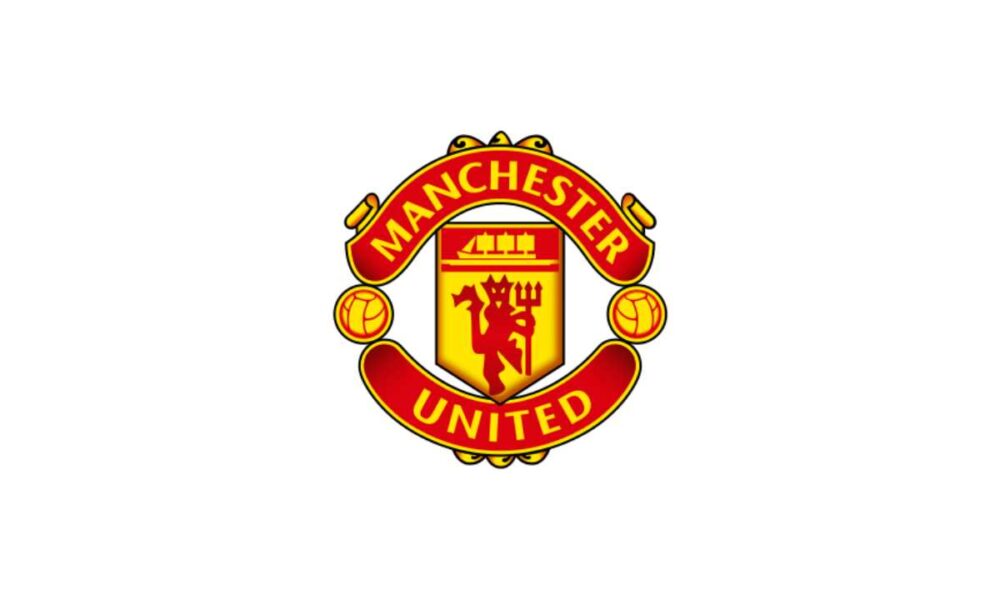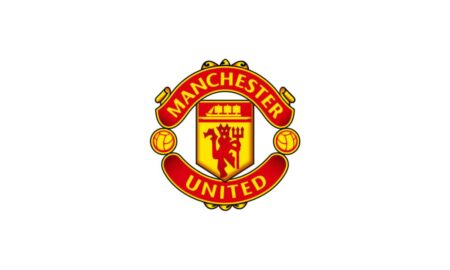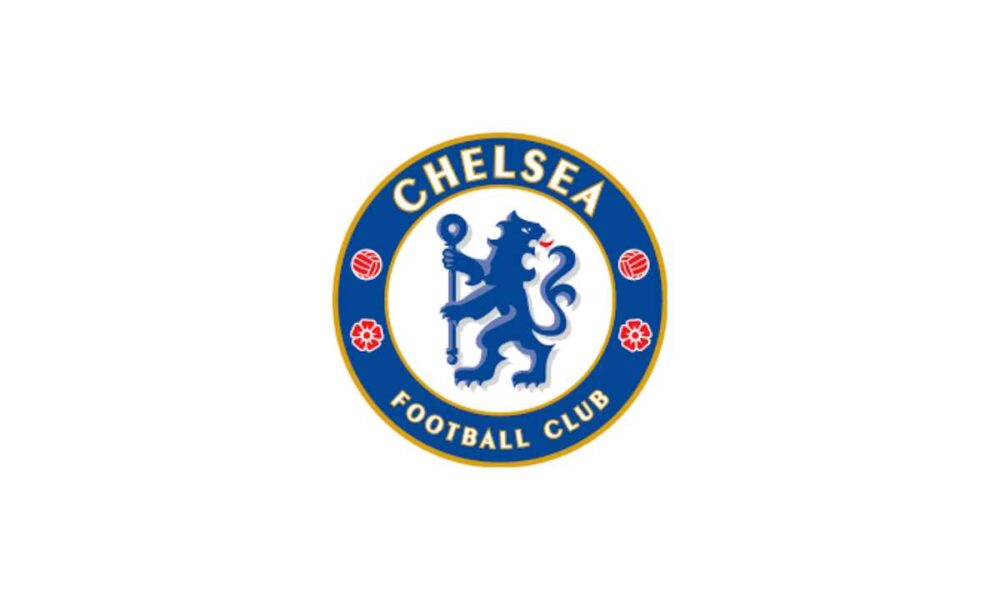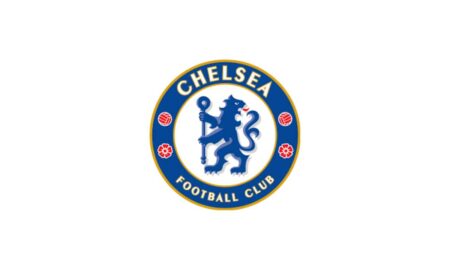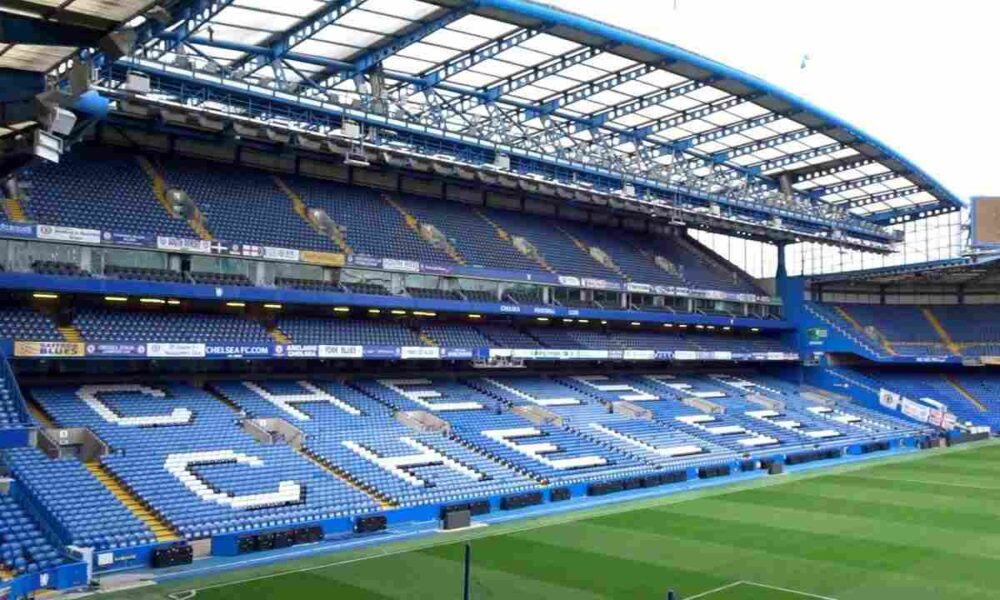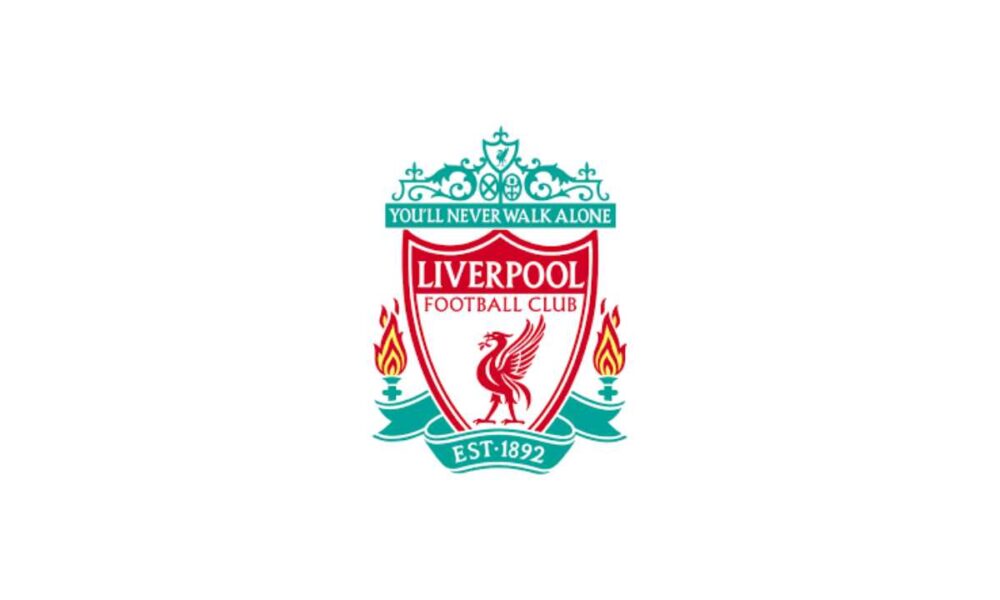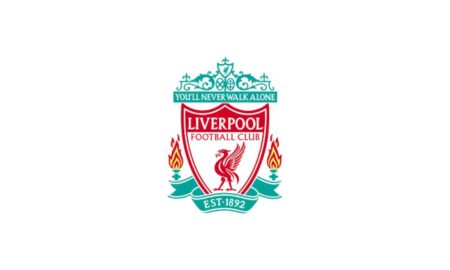Formula 1 is moving rapidly in the direction of removing the Tyres heating blankets by the start of the 2024 season.
The move to remove Tyres blankets has been in talks for quite a while now. This year FIA already reduced the max permissible temperature of the Tyres blanket to 70 degrees Celsius.
Removing them altogether would be further good for the sport.
Firstly, the move will reduce the costs for the teams – a problem sighting the budget cap. Moreover, removing the blankets will also help F1 to move closer to its goal of becoming Carbon neutral. These blankets consume gazillions of Kw energy.
Now, it is believed that the max permissible temperatures will be further reduced to 50 degrees Celsius starting next season.
Furthermore, FIA and Formula 1 plan to remove the blankets completely by the start of the 2024 season.
Drivers with better skills in Tyre management and feel will be rewarded
Reduction of temperature to 70 degrees Celsius this season has already made the undercut strategy risqué.
Many drivers have expressed concern over the consequences of driving such powerful machinery on cold Tyres. The drivers believe this to be dangerous and extremely difficult to drive.
And this fact is completely true. Therefore, not all drivers will be able to manage the car and get the Tyres to working temperature quickly but those who can get will be rewarded.
Furthermore, during qualifying, it might take even longer for drivers to get the Tyres under working temperature. Probably even 2 out laps for some drivers.
So, the drivers with a better feel of the Tyres and grip will be rewarded.
Teams might still try to find some creative ways to keep Tyres warm even without the blankets. However, we believe the FIA would put some Maximum temperature limit within which the Tyres should be before being put on a car.
The question is how will they ensure that the teams duly keep the Tyres within the range and not cheat?
For more updates, follow us on Twitter.
For more sports updates, make sure to follow us on:

